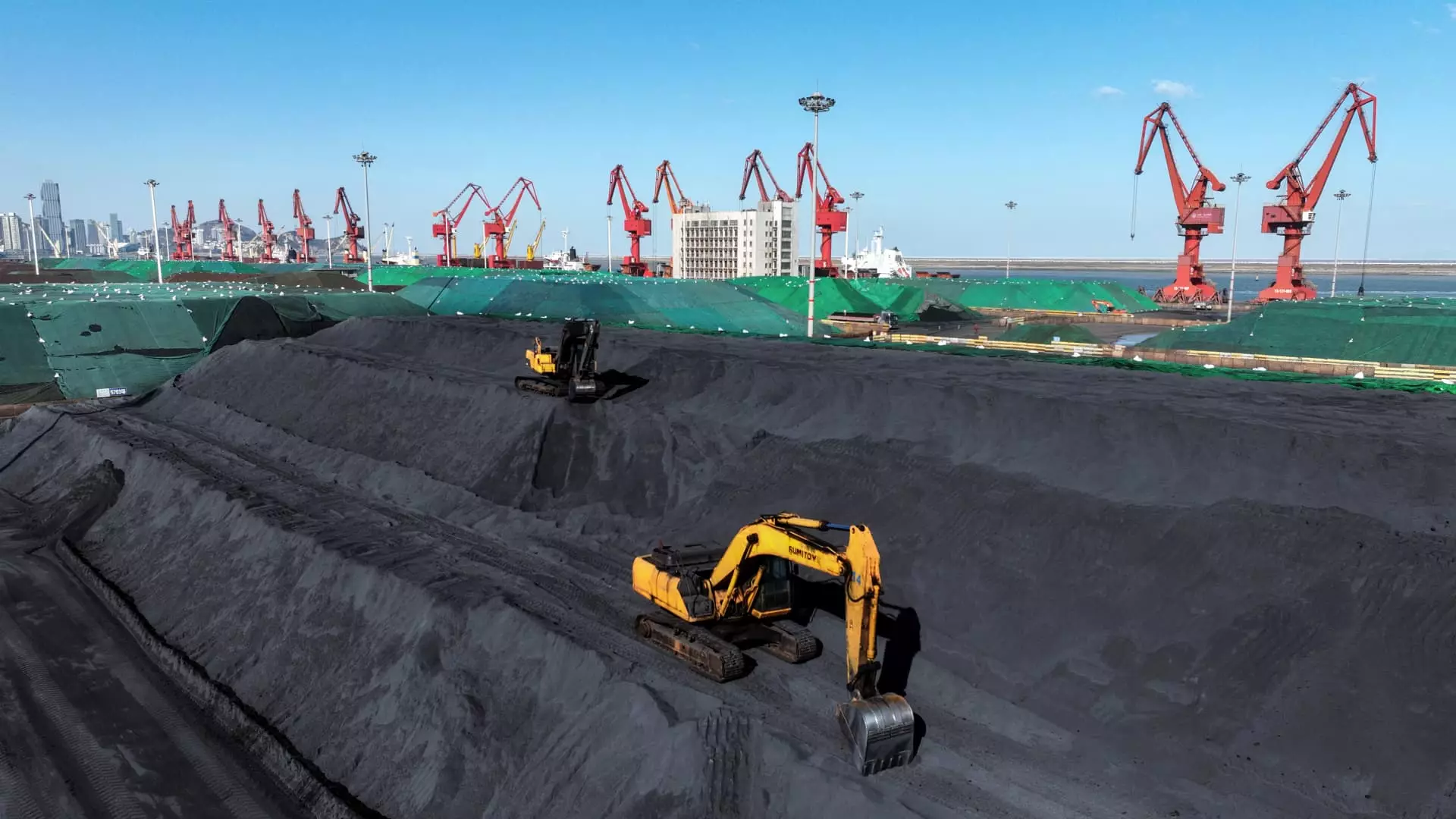In a notable downturn, China’s industrial profits fell sharply by 17.8% in August compared to the same month last year, according to the National Bureau of Statistics. This stark contrast comes after a modest 4.1% increase observed in July, which marked the highest growth in five months. The decline raises critical questions about the resilience of China’s manufacturing sector, encompassing factories, mining, and utilities. Over the first eight months of the year, profits from large industrial firms only edged up by 0.5% to approximately 4.65 trillion yuan ($663.47 billion), a slight improvement over the 3.6% rise recorded during the first seven months.
The data suggests a worrying trajectory for the world’s second-largest economy, highlighting vulnerabilities that could necessitate swift policy interventions.
The adverse trends in industrial profits are symptomatic of broader economic issues plaguing China. There are growing concerns that the country may fall short of its GDP target of around 5% for the year. Several factors contribute to this pessimism, including weakened domestic demand, an ongoing downturn in the housing sector, and rising unemployment rates. These challenges are compounded by fears that the government’s efforts thus far may be insufficient to stimulate the economy.
In response to these challenges, top Chinese leadership recently convened to deliberate on measures to stabilize the economic landscape. They emphasized the urgency in addressing the property market slump and called for enhanced fiscal and monetary support. This response indicates a recognition at the highest levels of government that stronger interventions are necessary to recalibrate economic growth.
In line with these government endeavors, the People’s Bank of China has taken crucial steps by adjusting monetary policies. On Friday, the central bank announced a reduction in the reserve requirement ratio (RRR) for banks by 50 basis points. This move, aimed at increasing liquidity, signals an aggressive stance by the central bank to mitigate financial constraints faced by businesses.
Additionally, a cut in the 7-day reverse repurchase rate from 1.7% to 1.5% reflects an ongoing effort to incentivize borrowing and investment, although the efficacy of such measures remains to be seen. Following these announcements, Governor Pan Gongsheng has assured stakeholders of the bank’s commitment to bolster overall economic activity.
August’s economic indicators presented a sobering picture, with industrial output increasing by only 4.5% year-on-year and retail sales barely exceeding a 2% rise. The persistent decline in real estate investment, falling by 10.2% year-to-date, further underscores weaknesses within key sectors. Along with a slight increase in urban unemployment to 5.3%, these data points paint a complex picture of an economy in need of urgent revitalization.
As China navigates these turbulent economic waters, the path ahead will require a delicate balance of policy interventions to stimulate growth while stabilizing key sectors. The critical question remains: Can the government effectively navigate these challenges without compromising long-term economic stability? The coming months will likely be decisive in shaping the trajectory of China’s economic recovery.


Leave a Reply